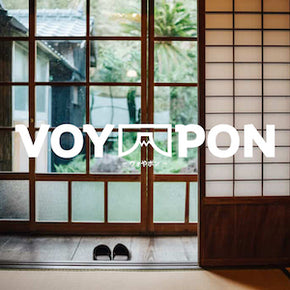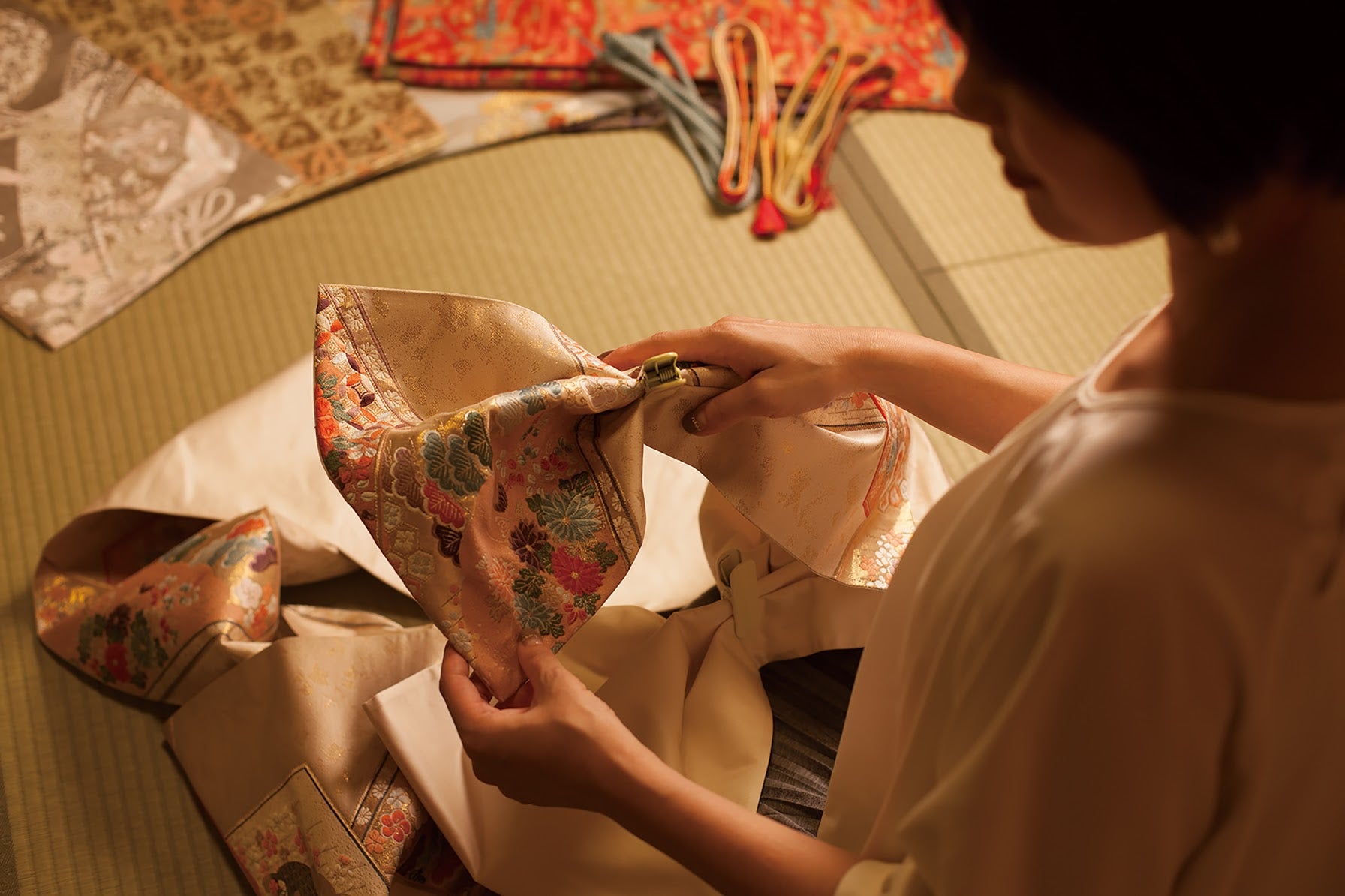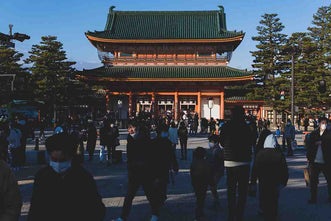One day, Mami, a native of Japan’s prefecture of Shizuoka received some old kimono sashes, called obi in Japanese. These obi were from her grandmother, who told her they were just collecting dust, so she wanted her granddaughter to have them. With these new-to-her obi and permission now to do whatever she liked with them, Mami didn’t hesitate to take out a pair of scissors and begin snipping away.

anyway,” she sighed after a moment of hesitation, “so do whatever you like with them.”
Upon hearing this reaction, Mami immediately felt a pang of regret for cutting indiscriminately away as she had.
What if that obi had been a gift from a loved one?
What if it had been something terribly expensive that her grandmother had saved little-by-little for over years and years?
It was then that she realized that every obi had a story. That every obi was precious. That every obi contained within it some of the feelings of the person who owned it and the memories of that person cherishing it.
 And then she thought: What if there was a way to repurpose an obi as-is, honoring the feelings of those like her grandmother?
And then she thought: What if there was a way to repurpose an obi as-is, honoring the feelings of those like her grandmother?

She dug out the obi that her grandmother had given her that she hadn’t yet cut apart and looked them over. She turned them about and tried twisting and rolling them up into different shapes.
“I’ve got it!” she exclaimed. “I can hide the stained and worn parts and show off the beauty of the obi’s design by folding like origami!”
And thus, ORIOBI was born.


It is often said that there are as many as 400 million obi stowed away, dormant in homes across Japan. ORIOBI is a type of art that combines the Japanese cultural crafts of origami, Japanese paper folding, and these obi.
It takes full advantage of an obi’s design and weave simply as it is—no cutting! And because the obi are not cut, they can be undone and reused once again as the kimono sashes they were originally intended to be, or even remade into a new work of art entirely!

ORIOBI seeks to convey a sense of traditional Japanese beauty while honoring the story that every obi carries with it today, whether passed from generation to generation, purchased after years of saving, or a precious gift from a loved one.



































































